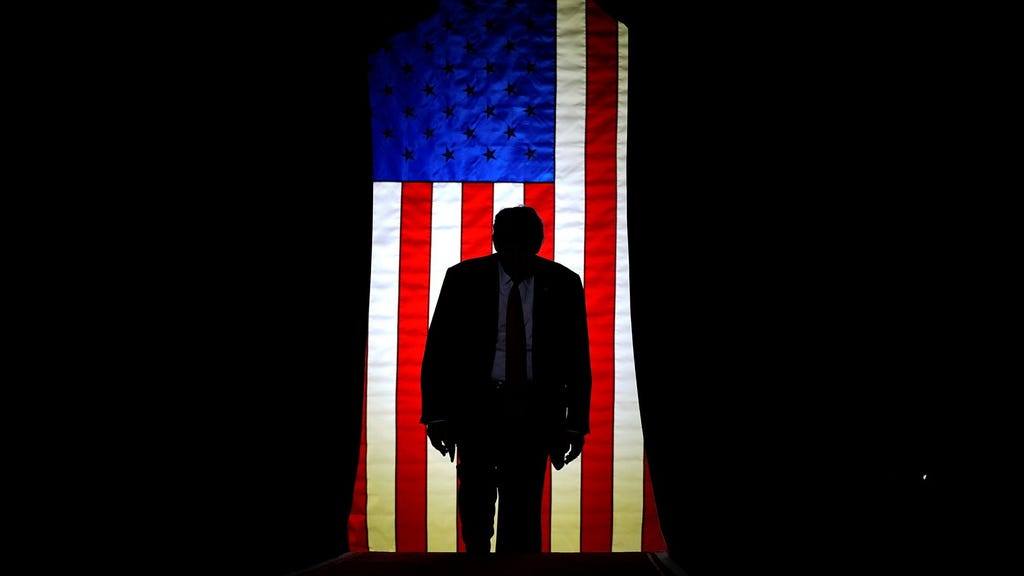Donald Trump’s impending second presidency has been prefaced by talk of unity and bringing Americans together, a stark departure from the ”American carnage” theme of his 2017 inauguration speech. This surprising shift in rhetoric has prompted speculation and analysis, raising questions about Trump’s sincerity and what his vision of unity actually entails. His first inauguration speech, described by some as ”some weird shit,” painted a bleak picture of a nation in decline, beset by crime and uncontrolled immigration. He promised to restore order, a message that resonated with his base and became a recurring theme in his rallies and pronouncements.
Trump’s recent pronouncements on unity, however, suggest a different approach for his second term. In an interview on NBC’s ”Meet the Press,” he declared his intention to deliver a message of unity in his 2025 inauguration address, emphasizing that success fosters unity. This statement, coming from one of the most polarizing figures in American politics, has been met with skepticism and curiosity. Given Trump’s track record of divisive rhetoric and actions, many question whether he genuinely desires to bridge the partisan divide or if this is merely a strategic maneuver.
Doubts about Trump’s commitment to unity stem from his past behavior. Despite previous promises to unify the country, such as after the assassination attempt at a rally, he quickly reverted to his characteristically aggressive attacks on opponents. His actions following his recent election victory have also done little to inspire confidence in his unifying intentions. He has repeatedly challenged Senate Republicans with controversial nominations and engaged in provocative online rants, showcasing anything but a conciliatory approach. These actions suggest that his talk of unity may be superficial, a calculated move to project a more palatable image without any real intention of changing his divisive style of governance.
Nevertheless, some close to Trump insist he sees a genuine opportunity to heal the nation’s divisions. They argue that he believes the public is weary of conflict and desires a leader who can bring people together. Trump himself has alluded to a changed attitude among his critics, suggesting that those who once opposed him are now eager to befriend him. He attributes this shift to his electoral success, implying that his victory has validated his leadership and created an environment conducive to unity. This interpretation suggests that Trump may genuinely believe he is the right person to unify the country, despite his historically divisive rhetoric and policies.
The question of whether Trump can truly unify the nation is further complicated by his low approval ratings and polarizing personality. While polls indicate a slight softening of public opinion towards him compared to his previous elections, he remains a highly controversial figure. However, his inroads into new demographics, like Latino and Black male voters, suggest a broadening of his support base and a potential for bridging some divides. His winning the popular vote in addition to the Electoral College this time around also lends credence to the idea of a less polarized electorate.
Ultimately, Trump’s vision of ”unity” remains ambiguous. Some commentators, like Jonah Goldberg of the Los Angeles Times, have pointed out that ”unity” can be a loaded term, easily manipulated and misconstrued in political discourse. A despot’s idea of unity, enforced through loyalty and submission, differs drastically from a democrat’s vision of unity built on compromise and consensus. Trump’s past behavior suggests he may envision unity more as acquiescence to his leadership than as a genuine bridging of divides through compromise and collaboration. Given his propensity for authoritarian rhetoric and actions, it’s unlikely he will embrace a truly inclusive and collaborative approach to governance. Public opinion, reflecting this skepticism, suggests that Americans are bracing themselves for more of the same, with little expectation of any significant improvement in the partisan divide.














